Environmental impact of hydroelectric power plants
The environmental impact of hydroelectric installations: what are we doing to protect the environment around our installations?
At Iberdrola we work to mitigate the environmental impact of our hydroelectric facilities. Learn about some of the measures and practices we implement in our projects to protect and preserve the aquatic and terrestrial ecosystems in the vicinity of the dams.
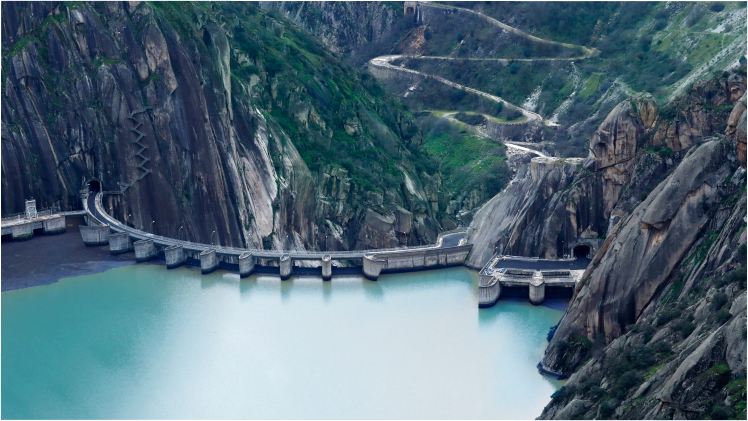
Aldeadávila Dam, in Salamanca.
Hydroelectric power plants are facilities that use the hydropower to generate electricity. They are a renewable energy source that usually requires the presence of a dam that stores water in a reservoir, which is available to be turbinated to generate electricity.
Power plants, dams, and reservoirs are essential both to generate renewable energy and to store water for consumption, irrigation or as an energy reserve. They are fundamental elements in water management, especially in times of drought or to cope with extreme events (floods, etc.), which are becoming more frequent and intense due to climate change.
However, their construction can have environmental impacts on the surroundings, which must be taken into account in all phases of the projects, conditioning, in some cases, how the facilities are designed to minimize their harmful effects on the environment.
How do we assess an installation’s environmental impact?
The environmental impact of a hydroelectric project is assessed from the very start of its development, and is an essential part of that process. The tool established in the Spanish environmental regulations to assess the impact of new facilities is the Environmental Impact Study (or its equivalent in other countries), which is a document that identifies, describes, quantifies and evaluates the possible impacts on the environment that the project may have, both during construction and future operation.
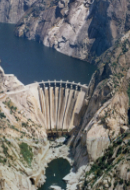
What is hydroelectric energy
Find out how hydroelectric power plants work.
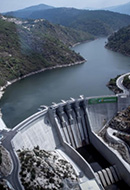
Terms hydropower
How many concepts associated with this renewable energy are we able to define?
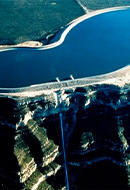
Pumped-storage hydropower plants
Do you know what pumped-storage hydropower stations are used for?
Mitigation measures to protect the environment
A project’s environmental impact is a key aspect of the facility design process. However, there are impacts that cannot be avoided or even minimised. For example, building a new dam will have an impact on the river because before the project it flowed freely and afterwards there will be a reservoir in its place. This impact cannot be eliminated.
In these cases, both the Environmental Impact Study and the environmental authorisation of the project establish mitigation measures to compensate for or reduce, to some extent, the magnitude of the impacts that cannot be completely avoided. Below, we describe the mitigation measures implemented in two of the large hydroelectric projects that Iberdrola has carried out in recent years.
The Támega hydroelectric complex
The Tâmega Electroproduction System, in the north of Portugal, includes three hydroelectric power plants, one of which is pumped storage, with its three associated dams. The first two plants (Gouvães and Daivões) have been generating energy since 2022 and the last one (Alto Tâmega) has been operational since the end of 2024.
During the environmental filing, the corresponding Environmental Impact Study was drawn up, which considered the potential environmental and social impacts, establishing specific preventive, corrective, and mitigation measures.
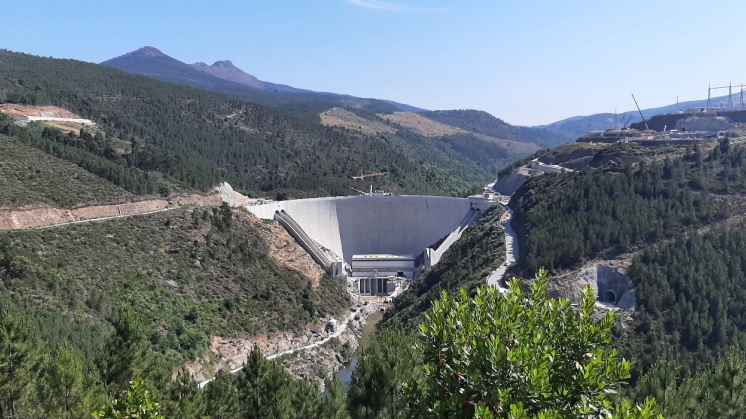
Alto Tâmega Dam, during construction.
Based on these conditions, 28 compensatory or mitigation measures were named in coordination with the Portuguese environmental administration and taking into account the local communities, which were rolled out during the project’s construction and whose results are still being monitored and maintained today.
The measures implemented are mainly related to habitat improvement, focusing on improving vegetation structure, increasing plant diversity and productivity to promote the availability of existing food, shelter and niches for birds, reptiles and mammals.
Reforestation and land restoration
Forests have been maintained, new plantations of cork oaks and other local species have been planted and new areas of protected flora have been created.
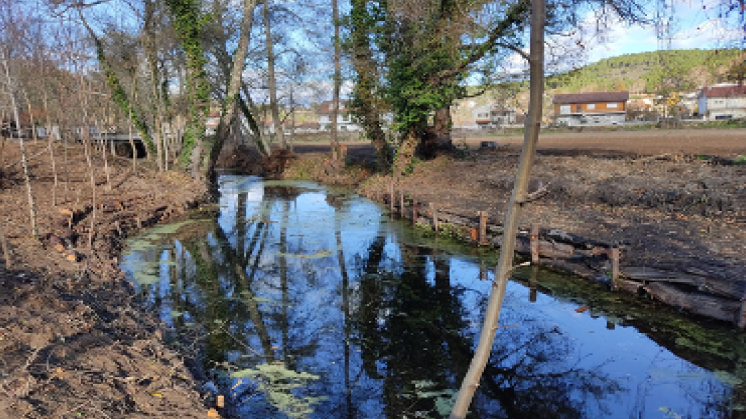
New habitats created.
Protecting wildlife species
We have taken steps to improve water vole populations, improve aquatic ecosystems and ponds, flora specimens have been moved and natural structures created that serve as microhabitats for amphibians, reptiles and invertebrate species.
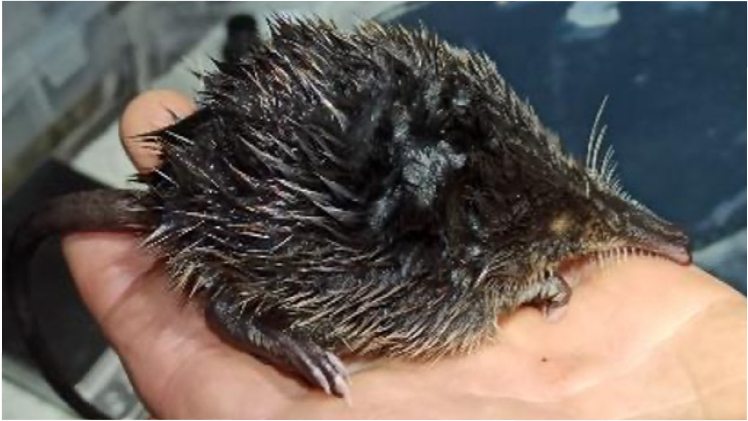
Improvement of water vole populations.
Support for municipalities
In addition to environmental actions, a number of social actions have been planned and implemented as part of a social and economic plan with 7 local governments in the surrounding area. These measures include facilities such as museums, campsites, a bus station, multifunctional spaces, housing, kindergartens and schools, playgrounds, the construction of river beaches and recreational areas, social housing, bike paths, as well as improvements in sports facilities and community services.

Nature and Learning Centre
This centre consists of the creation of a informational and environmental education exhibit, focused on the freshwater pearl mussel (Margaritifera margaritifera). It uses specimens from the Terva and Tâmega rivers and kept at the Boticas Nature and Biodiversity Park. The exhibition has a permanent location in the park, and the communication materials designed for it are used in other environmental training activities Iberdrola carries out in the municipalities in the vicinity of the project. This environmental education and awareness centre also has content on other important local species, such as the water vole and morpho butterflies.
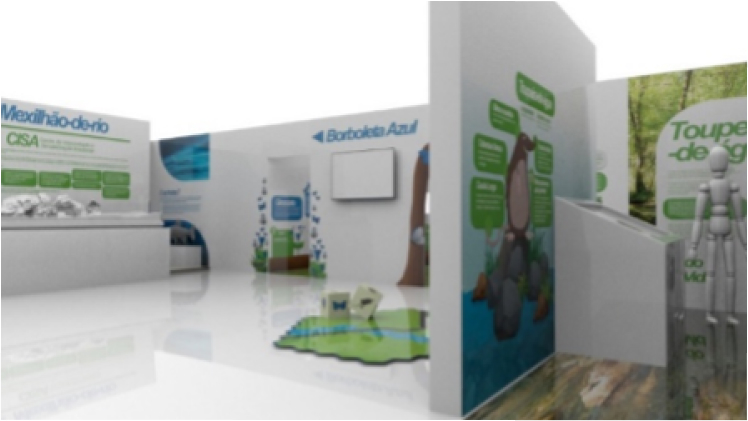
Commitment to conserving biodiversity
Iberdrola is also committed to biodiversity and nature whenever it develops new projects, participating in nature conservation and improving social structures in all those places where it does business. Learn more about our commitment to biodiversity.













